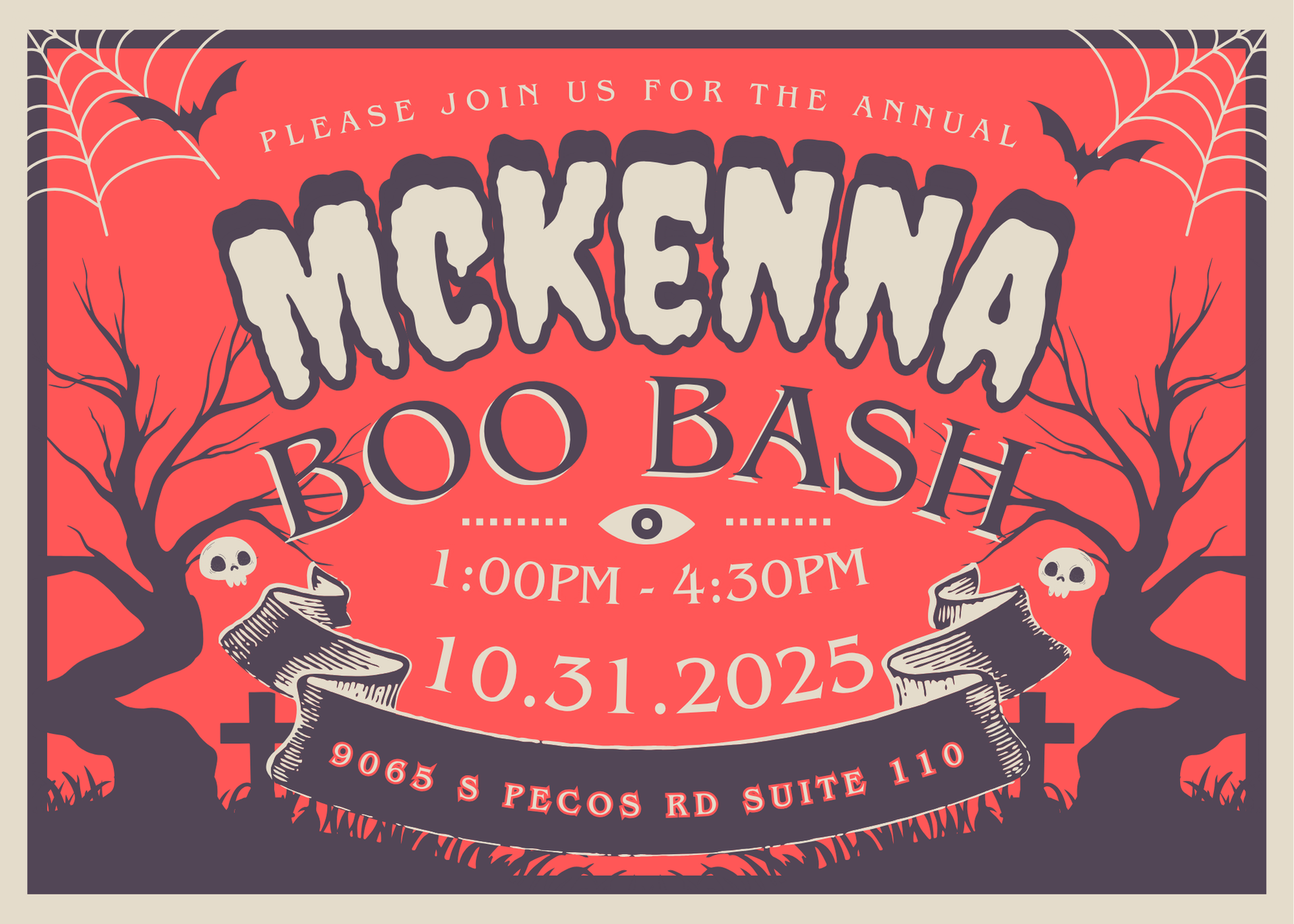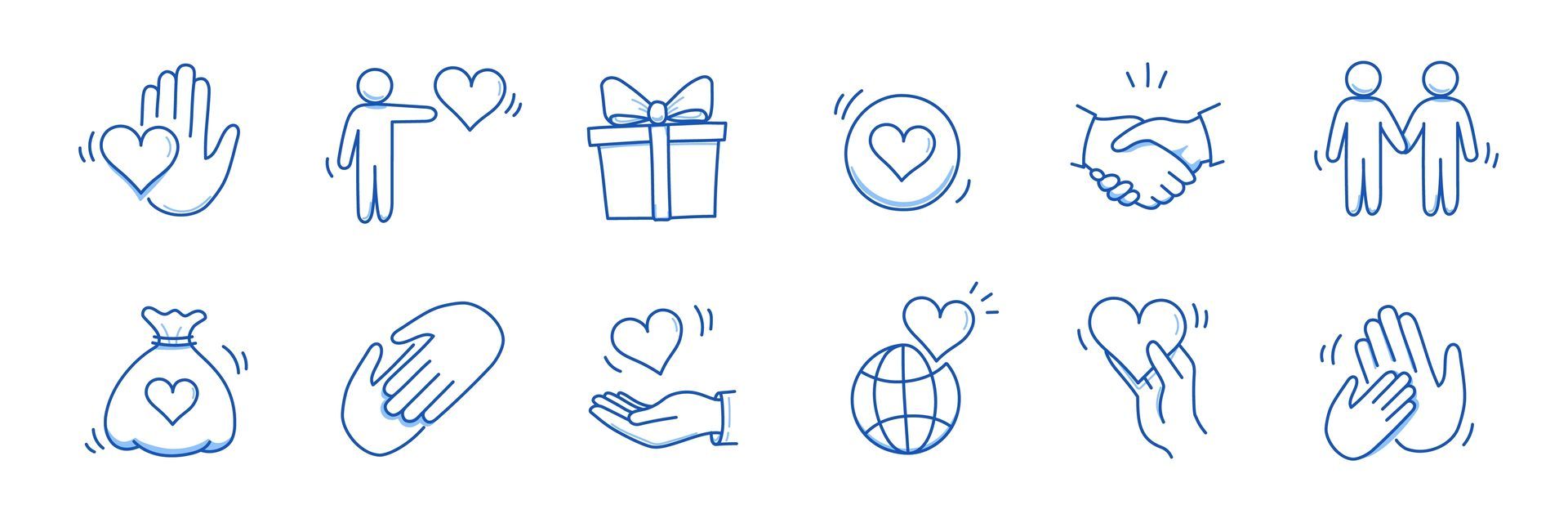Set Yourself Up for Success in 2025!
December 27, 2024
Forget Resolutions: Why You Should Choose a Yearly Theme Instead

As January approaches, social media becomes flooded with posts about New Year's resolutions. You know the ones: "Get fit," "Save money," "Learn a new language." Yet by February, most of these well-intentioned goals are already abandoned. What if there was a better way to approach personal growth? Enter the Theme System.
Think of a theme as a lens through which you view your choices. While a resolution might be "go to the gym three times a week," a theme might be "The Year of Health." This subtle but powerful difference changes how you approach personal development.
As you approach the new year, consider breaking free from the resolution cycle. Choose a theme that resonates with your aspirations and current life situation. Remember, the beauty of the Theme System lies in its flexibility and focus on continuous improvement rather than rigid goals. The system acknowledges that life is complex and changing. Some weeks you'll feel highly aligned with your theme; others, less so. That's not failure – it's reality. What matters is having a north star to guide your decisions and help you grow in the direction you want to go.
So, what will your theme be this year?
What Is the Theme System?
The Theme System, popularized by CGP Grey and Myke Hurley through their podcast Cortex, offers a refreshingly different approach to annual self-improvement. Instead of setting rigid, specific goals, you choose a broad theme that serves as a guiding principle for your decisions throughout the year.Think of a theme as a lens through which you view your choices. While a resolution might be "go to the gym three times a week," a theme might be "The Year of Health." This subtle but powerful difference changes how you approach personal development.
Why Themes Work Better Than Resolutions
Flexibility Over Rigidity
Traditional resolutions often fail because they're too rigid. Miss a week at the gym, and you've "failed" your resolution. With a theme like "The Year of Health," every decision becomes an opportunity to align with your theme. Maybe you can't make it to the gym, but you can take the stairs instead of the elevator or choose a salad over fast food.Process Over Outcomes
Resolutions typically focus on specific outcomes: lose 20 pounds, save $5,000, read 52 books. Themes, however, emphasize the process of improvement. A "Year of Learning" might lead you to read books, take courses, or try new hobbies – all valid ways to pursue your theme.Mindset Over Metrics
While metrics can be useful, they can also be demotivating when we fall short. Themes shift the focus from numerical targets to mindset changes. Instead of tracking specific numbers, you ask yourself, "Does this choice align with my theme?"How to Choose Your Theme
- Reflect on Your Past Year: Start by reviewing the previous year. What worked? What didn't? What patterns do you notice? What areas of your life feel neglected or need attention?
- Identify Areas for Growth: Look for broad categories where you'd like to see improvement. These might include health, relationships, career, creativity, learning, or personal organization.
- Consider Your Current Season of Life : Your theme should align with your life circumstances. If you're starting a new job, perhaps "The Year of Foundation" would be appropriate. If you've been feeling stuck, maybe "The Year of Adventure" would provide the right push.
- Keep It Simple : Your theme should be easy to remember and apply. It should feel like a natural filter for your decisions, not another item on your to-do list.
Implementing Your Theme
Once you've chosen your theme, implementation is surprisingly straightforward:- Create Visual Reminders: Put your theme somewhere you'll see it daily – your phone wallpaper, a sticky note on your mirror, or your journal cover.
- Use It as a Decision-Making Tool: When faced with choices, ask yourself, "What would the person living my theme do?"
- Regular Check-Ins: Schedule monthly reviews to reflect on how your theme is influencing your choices and what adjustments you might need to make.
- Share Your Theme: Tell friends or family about your theme. This creates accountability and might inspire others to adopt the system.
Example Themes and Their Applications
- The Year of Less
- Decluttering your space
- Simplifying your schedule
- Reducing digital consumption
- Mindful spending
- The Year of Connection
- Prioritizing family time
- Reaching out to old friends
- Joining community groups
- Being more present in conversations
- The Year of Creativity
- Trying new hobbies
- Taking on different projects at work
- Finding creative solutions to problems
- Expressing yourself through various mediums
As you approach the new year, consider breaking free from the resolution cycle. Choose a theme that resonates with your aspirations and current life situation. Remember, the beauty of the Theme System lies in its flexibility and focus on continuous improvement rather than rigid goals. The system acknowledges that life is complex and changing. Some weeks you'll feel highly aligned with your theme; others, less so. That's not failure – it's reality. What matters is having a north star to guide your decisions and help you grow in the direction you want to go.
So, what will your theme be this year?

Every Thanksgiving morning, millions of people gather along the streets of Manhattan—or tune in from cozy living rooms across the country—to watch larger-than-life balloons, dazzling floats, marching bands, and performances fill the streets. The Macy’s Thanksgiving Day Parade has become an iconic piece of American holiday tradition, but its roots stretch back nearly a century. Here’s how this beloved celebration came to be—and how it grew into the cultural phenomenon we know today. Humble Beginnings: The 1920s The first Macy’s parade took place in 1924, making it one of the oldest Thanksgiving parades in the U.S. Macy’s employees—many of them immigrants—wanted to celebrate their new American traditions with a grand festival inspired by the street fairs and carnivals of their home countries. The debut parade featured: Live animals borrowed from the Central Park Zoo Floats pulled by horses Marching bands Santa Claus as the finale Even in its first year, the parade drew huge crowds. Macy’s quickly declared it an annual event. Humble Beginnings: The 1920s The first Macy’s parade took place in 1924 , making it one of the oldest Thanksgiving parades in the U.S. Macy’s employees—many of them immigrants—wanted to celebrate their new American traditions with a grand festival inspired by the street fairs and carnivals of their home countries. The debut parade featured: Live animals borrowed from the Central Park Zoo Floats pulled by horses Marching bands Santa Claus as the finale Even in its first year, the parade drew huge crowds. Macy’s quickly declared it an annual event. Growth Through the Mid-Century By the 1930s and ’40s, the parade had become a cherished national event. Important milestones include: 1932 – The parade was first broadcast on radio. 1942–1944 – The parade paused during WWII, when balloons were donated to help with the rubber shortage. 1945 – The parade returned bigger than ever. 1948 – NBC aired the first televised broadcast, bringing the spectacle into homes nationwide. Throughout the 1950s and ’60s, the parade expanded with more elaborate floats, celebrity appearances, and increasingly sophisticated balloon designs. Pop Culture Takes Over By the 1970s and 1980s, the parade had fully embraced modern entertainment. This era brought: Balloons of beloved characters like Snoopy, Kermit the Frog, and Superman Broadway performances becoming a staple Larger production budgets and national media coverage The parade evolved into both a celebration and a marketing phenomenon—yet still retained its charm and festive spirit. A 21st-Century Icon Today’s parade is a blend of high-tech engineering, pop culture, and decades-old tradition. Modern features include: State-of-the-art balloon design and safety teams Massive behind-the-scenes operations with thousands of volunteers Digital broadcasts and livestreams reaching millions worldwide Partnerships with musicians, Broadway shows, film studios, and children’s brands And, of course, the parade still ends the same way it did in 1924: with Santa Claus arriving to officially kick off the holiday season . Why the Parade Endures The Macy’s Thanksgiving Day Parade is more than a televised event—it's a symbol of joy, togetherness, and the unofficial start of the holidays. Over nearly 100 years, it has reflected the evolution of American culture, from beloved cartoon characters to blockbuster movie icons, all while staying anchored in nostalgic tradition. It’s a celebration of imagination, community, and holiday spirit—one balloon at a time.

If you’re heading out of town for the holidays, take a few minutes to prep your home before you go. A little planning can help you avoid headaches—and make sure you return to everything just as you left it! Unplug and Power Down Unplug small appliances like toasters, coffee makers, and space heaters. This not only helps prevent potential fire hazards but also saves a bit on energy while you’re away. Lock It Up Double-check that all doors and windows are securely locked, including sliding glass doors and garage entries. If you have a security system, set it before you go. Keep It Lived-In Consider leaving a light on a timer so your home still looks occupied in the evenings. It’s a simple way to deter unwanted attention. Clear the Kitchen Take out the trash, clean out the fridge, and run the garbage disposal before you leave. You’ll thank yourself when you come home to a fresh, clean space instead of any lingering odors. Close Curtains (But Not Completely) Clos ing your blinds or curtains halfway helps keep your home cooler and adds privacy— without making it obvious that no one’s there. Bonus Tip If you’re in an area prone to bugs, you can close sink and shower drains to minimize access (yes, it really can help keep pests from creeping up). Taking these simple steps helps protect your home and gives you peace of mind while you’re enjoying your holiday travels. Safe travels and happy holidays!

Whether you’re planning a romantic night out or a fun hangout with friends, fall and winter in Las Vegas bring the perfect mix of cool weather, and cozy vibes. From outdoor adventures to stay-in nights, here are some great ways to make the most of the season. 1. Skate Under the Stars at Fontainebleau’s Ice Rink Bundle up and glide across the ice surrounded by glittering lights and holiday cheer. Whether you’re holding hands or racing your bestie, it’s a festive way to kick off the winter season. 2. Explore Enchant at Las Vegas Ballpark Get lost in a maze of sparkling lights, sip on hot cocoa, and take a million photos together. Enchant is pure holiday magic — perfect for a romantic night or a friends’ night out filled with laughter and selfies. 3. Sunset Picnic at Red Rock Canyon Take advantage of the cooler weather and head out to Red Rock for a cozy outdoor date. Pack a picnic, bring a blanket, and catch the golden-hour glow over the desert cliffs. It’s peaceful, picturesque, and a great way to unwind together. 4. Rooftop Lounge Vibes Head to the Skyfall Lounge for sweeping views of the city lights. Grab a seat by the firepit, share a few laughs (or a cocktail flight), and soak in the stunning skyline. It’s equally perfect for date night or a friends’ catch-up. 5. Stay In & Solve an “Unsolved Case File” If you’re in the mood to stay cozy, pick up an Unsolved Case File game and put your detective skills to the test. Light some candles, order takeout, and enjoy a night of mystery, teamwork, and laughs — no going out required. From twinkling lights to cozy nights in, Las Vegas offers so many ways to make memories this season — whether it’s with your favorite person or your favorite people.

Las Vegas might be known for its bright lights and endless buffets, but there’s another side to the city—one filled with fresh produce, artisan goods, and local charm. Whether you’re a foodie, a weekend wanderer, or just someone who loves supporting small businesses, the farmers markets around town are worth adding to your weekend plans.

Halloween is a time for spooky fun, creative costumes, and sweet treats—a holiday that brings communities together in celebration of all things eerie and festive. From carving pumpkins and trick-or-treating to attending costume parties, Halloween traditions have evolved over centuries, blending folklore, community spirit, and a love for all things playful and mysterious.

When people think of food diversity in America, their minds usually go straight to New York City. But according to a recent study highlighted by the esteemed culinary school, Escoffier, the Big Apple doesn’t take the top spot. Instead, San Francisco claimed first place — praised for its bustling variety of cuisines and holding the title for the highest density of restaurants per capita among major U.S. cities.

Planning a trip to Las Vegas? Whether it’s your first visit or your tenth, it’s easy to get overwhelmed by all the options. As locals, we know how to balance the must-see attractions with spots that many visitors miss. This four-day itinerary blends the energy of the Strip with the character of the neighborhoods beyond it, giving you a true taste of what Vegas has to offer.








